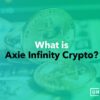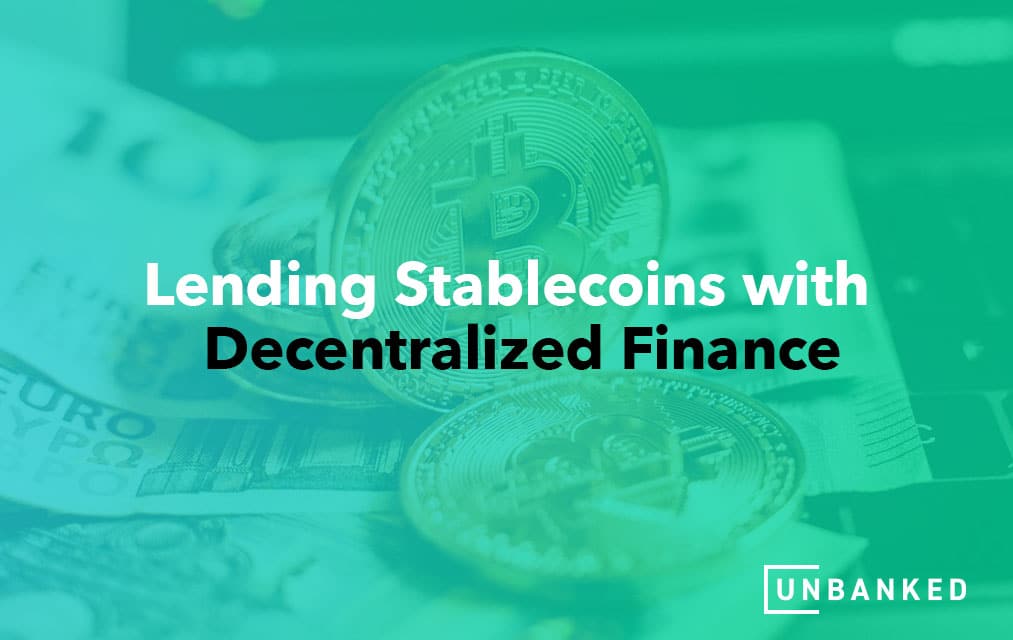Lending Stablecoins with Decentralized Finance
Stablecoins like DAI and USDC experienced strong growth in the second quarter of 2020, as USDC moved from $700 million to $1.1 billion, and DAI moved from $100 million to $150 million. This exponential growth came right after half a billion dollars was invested in Compound, triggered by the launch of $COMP and subsequent adoption of “yield-farming”. Investors realized that adding assets to Compound or borrowing against them resulted in earning native platform tokens, which opened up a new opportunity for crypto players: crypto lending.
Crypto lending works similarly to traditional lending, however the core difference is loans issued on DeFi platforms lock up the digital assets via smart contracts deployed on public blockchains. While the DeFi industry has experienced a 200% year-on-year increase, it has the potential to reach even higher adoption levels if price volatility between fiat and cryptocurrency is minimized.
Lending stablecoins would be the right choice as they are pegged to the value of existing fiat currencies. Not only do they prevent liquidation risk in yield farming but also solve the over-collateralization problem. Some argue that it is difficult to control the price as soon as stablecoins are traded in the open market. But the beauty of a stablecoin is that their legitimacy cannot be faked.

Lending Protocols That Design Incentives to Stabilize Stablecoins
Lending protocols are the hot new sector in the Defi space. A DeFi lending protocol enables lenders and borrowers to earn interest on digital assets and stable coins. While the interest rate on non-stable tokens is 4% on the Celsius Network, lenders on the same network can earn 8% with stablecoins. The annual percentage rate is even higher on decentralized exchanges, like Compound, MakerDAO, and Dharma. Let’s look at each of these lending protocols.

The MakerDAO is today’s most complex and widely used decentralized lending platform. MakerDAO is the creator of DAI, a cryptocurrency with a $1 target price. It only offers DAO on its platform.
- Assets: DAI (borrow only), ETH (collateral only)
- Interest Rate: Variable, set through governance token, MKR
- Collateral Requirement: 150% minimum

Compound uses a market-based approach to money, with supported global capital pools fo
r each asset. Each asset has a global borrowing and lending rate that is earned by all borrowers. Such interest rates are variable and set algorithmically based on the percentage of each borrowed pool.
- Assets: DAI, ETH, ZRX, REP, BAT
- Interest Rate: Variable, set algorithmically based on supply and demand
- Collateral Requirement: 150% minimum
- Liquidation Penalty: 50%

Dharma
Dharma utilizes peer-to-peer lending to match individual lenders directly with borrowers. Borrowers and lenders enter into fixed-term/interest rate loans. It does not require the use of an Ethereum wallet such as MetaMask.
- Assets: DAI, ETH
- Interest Rates: Fixed, rates set by Dharma
- Collateral Requirement: 150% initially, 125% minimum
Lending in the Future
We are just at the beginning of Defi and credit lending, and it’s guaranteed to disrupt the financial sector even further. To make a meaningful impact, the real stability of the underlying asset is needed to offer features like retail utility and other build-in features, and stablecoins offer both functions.
Another factor that can contribute to the growth of crypto lending is awareness among users, which can create enough lending supply and loan demand. With the current Bull Run in DeFi space and market caps reaching all-time highs, the demand for crypto loans, particularly stablecoin lending, will increase.
The future of stablecoin-based lending is an industry that offers low operational cost on a peer-to-peer blockchain system and can manage over-collateralization of digital assets.





